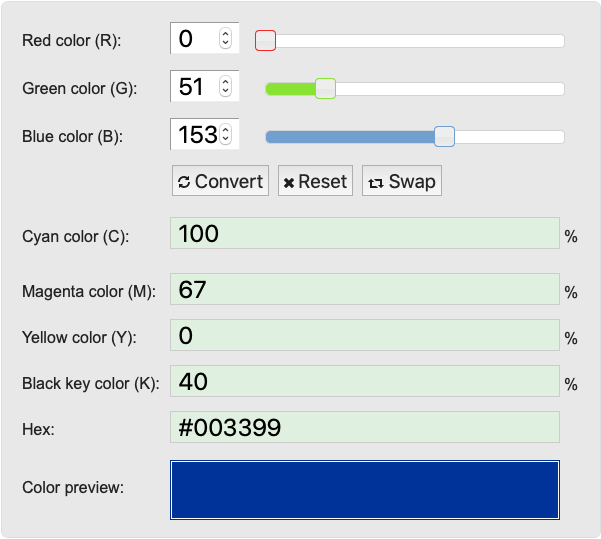Colour symbolism plays a major role in Chinese culture. It is widely known that Chinese people love red because it is perceived to symbolise luck, blessings and happiness. In contrast, blue is considered a ‘taboo’ colour. This belief is found in regional folktales and is especially strong in several parts of southern China, notably Guangdong, Hong Kong and Macao.
This taboo matters a lot, especially to the elderly, particularly during festive seasons. The sort of blue pictured below is colloquially known as ‘funeral blue’ in Chinese culture, as the colour can be commonly found in funeral parlours and Chinese traditional funeral ceremonies. Unsurprisingly, such a colour is therefore considered inauspicious.
A similar interpretation regarding the significance of blue does not exist in most western cultures. Instead, this colour often represents nobility, calmness, security and piety in western contexts.
Variations across cultures regarding the symbolic meaning of colours – and in particular the colour blue – means those working in the field of arts and design must pay special attention to such nuances, depending on the context of their work and the goals they wish to achieve.
Since there is no standard for ‘funeral blue’ in Chinese culture – nor does such a concept exist in western cultures – it is difficult to find a match for it using the RGB (red, green, blue) digital colour code system.
In the RGB system, colour values range between 0 and 255. If the hexadecimal system is used, each value ranges between 00 and FF.

Smalt (RGB code 0, 51, 153) is considered close to ‘funeral blue’, according to trial-and-error experiments. There is no red component to that particular colour. It has a medium-low value for green, and a medium value for blue.
Although smalt is not an exact match for ‘funeral blue’, it serves as a warning that people should pay special attention when using any colour consisting of a combination – as measured under the RGB system – that has, in summary: an absence of red; little green; and medium-to-high-blue.
A different colour measurement system – CYMK (cyan, yellow, magenta and black) – is used in colour printing on paper. The conversion from RGB to CYMK can be easily performed using a number of digital tools available online – for instance https://www.rapidtables.com/convert/color/rgb-to-cmyk.html.
This article does not serve the purpose of opposing the extensive use of smalt in artwork and design work. Nevertheless, it provides a gentle reminder to readers to be aware of its cultural symbolism for people living in southern China, and to remain culturally sensitive when choosing colours for presentations, paintings, clothing, and product or logo design.
By IFT Lecturer Simon Lei









